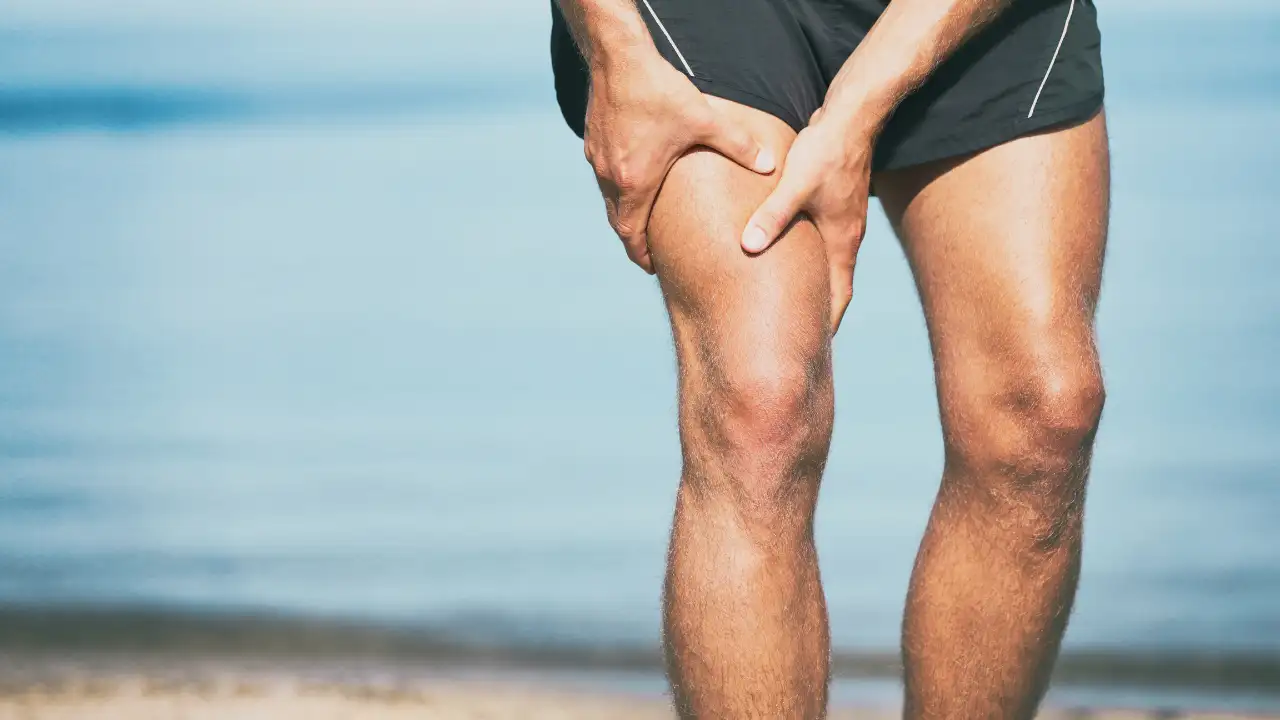You've finished your workout—weights have been lifted, miles have been run, muscles pushed to their maximum. That sense of satisfaction is true, and so is the after-effect. In a day or two, those same muscles start to hurt, sometimes painfully. It's called Delayed Onset Muscle Soreness (DOMS), a typical and natural reaction to exercise, particularly if you're new to exercises or have upped the intensity.
Although muscle soreness is an indicator that your body is changing and becoming stronger, it will get in the way of your day-to-day life and your subsequent training session. Knowing how to treat and deal with DOMS is vital to recovery and long-term progress.
The good news is that there are ways to relieve the pain and aid your body's natural healing process.
1. Move It or Lose It
It might sound counterintuitive, but light movement is necessary. Something just enough to get the blood flowing without making you weep. Like gentle walking, yoga, or a casual bike ride can help increase circulation, which helps shuttle away all the inflammation hanging around your sore muscles.
2. Embrace the Foam Roller
If you’ve ever wanted to groan into a yoga mat while rolling around, this is your chance. Foam rolling helps release tight fascia and boosts circulation. Yes, it hurts. Yes, it works. Just breathe through it and it will be fine.
3. Stay Hydrated
Dehydration can make muscle soreness worse. Water helps flush out metabolic waste and keep tissues supple. So chug that H2O like your muscles depend on it— because they do. You can also add a pinch of salt or some electrolyte tabs after a particularly sweaty session.
4. Eat Like a Recovery Pro
However tempting things get with food, don't dive headfirst into a tub of calories. Your muscles need protein to rebuild and complex carbs to refuel. Instead of pizza and ice cream, go for salmon and quinoa. Anti-inflammatory foods like berries, turmeric, and leafy greens are also great for helping your body chill out.
5. Ice? Heat? And?
There's a never-ending debate here. Ice packs can reduce swelling if your muscles are particularly inflamed, while heat (like a warm bath or a heat pack) can relax tight muscles. Some people swear by alternating between the two—contrast therapy.
6. Sleep Well
Your body does most of its repair work while you’re sleeping, so don’t skimp. That Netflix series can wait. Aim for 7–9 hours of quality shut-eye and thank yourself later when you can lift your arms again.
Get Latest News Live on Times Now along with Breaking News and Top Headlines from Health and around the world.
